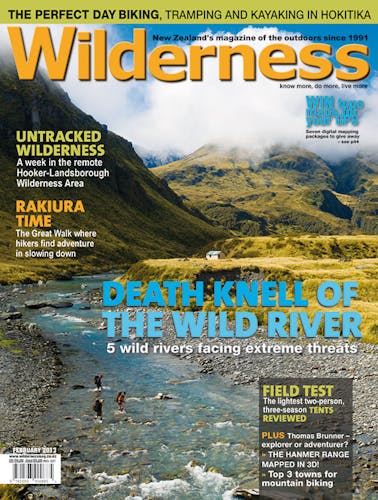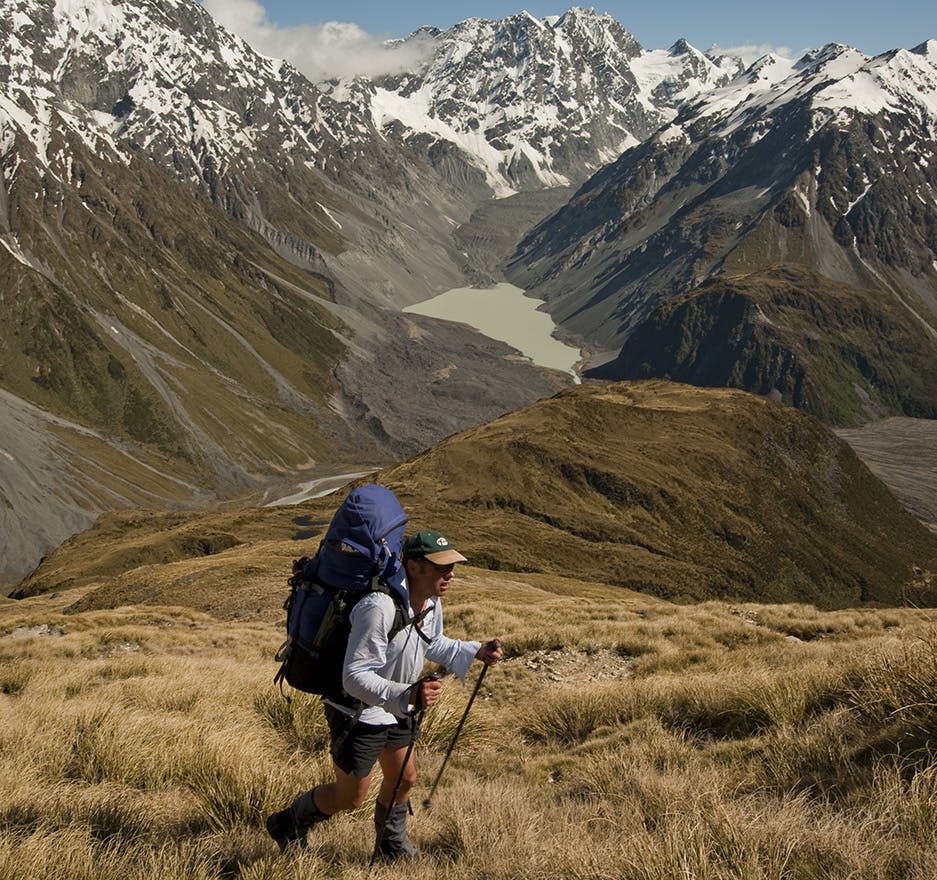Three South Island mountain passes to cross in the footsteps of the explorers
Part of the appeal of tramping is following in the footsteps of those who first dared to cross the mountains. Maori knew the Southern Alps well and long before Europeans arrived had discovered the major passes through the mountains and across the main divide. After Pakeha came to New Zealand, surveyors, explorers, prospectors and climbers sought to make sense of the topography too, and crossed many other passes for the first time. Some of these routes provide interesting destinations for modern-day trampers. Knowing the history of these places certainly adds depth to your experience, and respect for the efforts of those who first explored New Zealand.
Harper Pass, Lake Sumner Forest Park
One of the lowest in the Southern Alps, Harper Pass (962m) takes its name from Leonard Harper, son of Canterbury’s first Bishop, and father of renowned climber and New Zealand Alpine Club founder, Arthur P. Harper. The ‘Taramakau’ or ‘Hurunui’ pass was well known to Maori, who used it extensively as a way between Canterbury and the pounamu-rich regions of the West Coast. Harper and companion Edwin Lock (mis-spelt as Locke on modern maps) crossed the pass in 1857, guided by four Maori. Other Pakeha had reached the pass before them, but they were the first Europeans to cross the Alps from coast to coast. Harper Pass now forms part of a popular tramping route between the Hurunui and Taramakau valleys, part of the Te Araroa Trail.
Browning Pass, Wilberforce Valley
Like Harper Pass, Browning Pass/Noti Raureka (1411m) was an important Maori pounamu trail and later, during the 1860s West Coast gold rushes, sheep were driven over it. Before Arthur’s Pass became the preferred road route, some Cantabrians even favoured it as the best way to the West Coast, but its difficult, steep approach on the Wilberforce side, together with its higher snow-prone altitude really did not suit a road. Nevertheless, work forming a bridle track over the pass occurred in 1865, parts of which are still visible on the lower slopes. It was named after surveyor Robert Browning, a member of a party of Pakeha who were first to negotiate the route over to the West Coast. The pass now forms part of the popular Three Passes tramping route.
Butler Saddle, Hakatere Conservation Park
Soon after pioneer farmer Samuel Butler established Mesopotamia Station in the Rangitata Valley during the early 1860s, he explored one of its major tributaries, the Lawrence, hoping to cross the main divide. In 1861 Butler and companion John Baker climbed up to the 1870m saddle now named after him, only to discover they were not on the crest of the divide, but instead on a range that separated the Rangitata and Rakaia catchments. Butler and Baker did, however, get a good view of what later became known as Whitcombe Pass. Although only infrequently crossed, parties traversing the Southern Alps often use Butler Pass. On the day I crossed it in December 2012, another party followed in our footsteps later that same afternoon.








